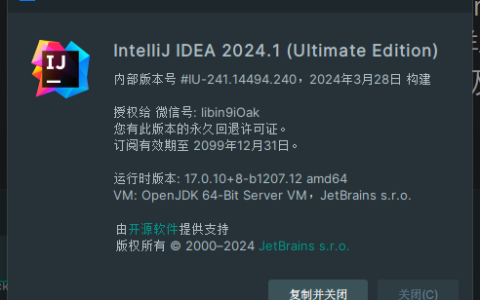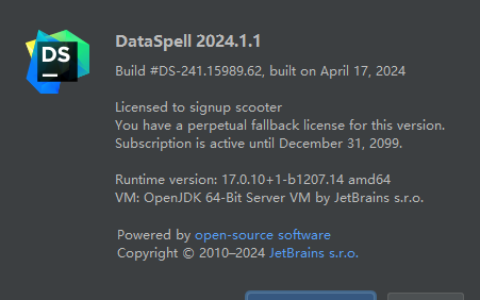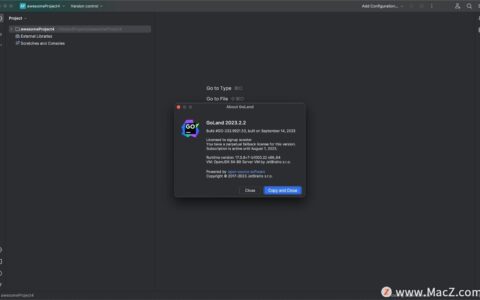The Samsung 980 PRO PCIe 4.0 SSD Review: A Spirit of Hope It may be a bit later than originally planned, but Samsung’s first consumer SSD to support PCIe 4.0 is here. The Samsung 980 PRO was first previewed at CES in January, but we didn’t hear anything further until leaks started appearing towards the end of summer. Now the 980 PRO is set to kick off a new wave of PCIe 4.0 SSD releases. These new changes are the most significant changes to Samsung’s PRO SSD line since the debut of its first NVMe drive. The Samsung 980 PRO PCIe 4.0 SSD As we march onto a world where PCIe 4.0 is going to start being offered to the vast majority of consumers in all segments of computing, the move is on in order to enable support for these new standards. Benefits such as increased peak speed, or decreased power consumption, are obvious vital specifications that PCIe 4.0 brings to the table, and thus having optimized products to go along with it has always been the case as new generations trump the told. Samsung’s first PCIe 4.0 x4 offering for consumers is the 980 PRO, a series of M.2 drives with capacities up to 2.0 TB. 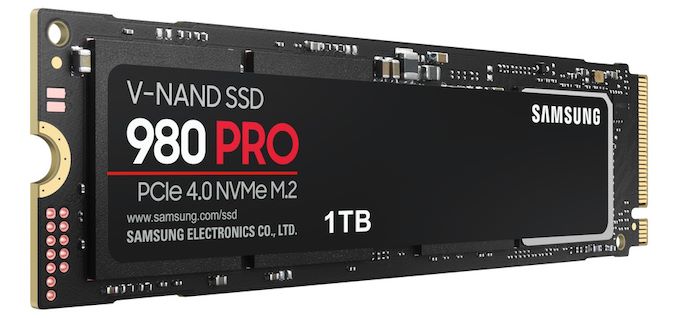 These new drives feature the latest in Samsung’s controller design, but also mark the change from 2-bit cells to 3-bit cells for the Pro line of drives. This creates changes for increased capacity and decreased cost, and due to Samsung’s controller technology the lower theoretical endurace we might expect with TLC is still covered by the warranty. Samsung’s Pro line of storage drives have always been designed to impress, always being in the upper echelons for performance for the market. This is what we’re here to test in this review. Samsung 980 PRO SSD Specifications Capacity 250 GB 500 GB 1 TB 2 TB Interface PCIe 4 x4, NVMe 1.3c Form Factor M.2 2280 Single-sided Controller Samsung Elpis NAND Samsung 128L 3D TLC LPDDR4 DRAM 512MB 1GB 2GB SLC Write Cache Size Min 4 GB 4 GB 6 GB TBD Max 49 GB 94 GB 114 GB Sequential Read 6400 MB/s 6900 MB/s 7000 MB/s Sequential Write SLC 2700 MB/s 5000 MB/s 5000 MB/s TLC 500 MB/s 1000 MB/s 2000 MB/s Random Read IOPS (4kB) QD1 22k 22k 22k Max 500k 800k 1000k Random Write IOPS (4kB) QD1 60k 60k 60k Max 600k 1000k 1000k Active Power Read 5.0 W 5.9 W 6.2 W Write 3.9 W 5.4 W 5.7 W Idle Power APST 35 mW L1.2 5 mW Write Endurance 150 TB 0.3 DWPD 300 TB 0.3 DWPD 600 TB 0.3 DWPD 1200 TB 0.3 DWPD Warranty 5 years Launch MSRP $89.99 (36¢/GB) $149.99 (30¢/GB) $229.99 (23¢/GB) TBD Today we are testing the 250 GB and 1 TB models, representing the current minimum and maximum of what is on offer. The 2 TB model is set to come to retail at a later date, along with its respective specifications. Two Waves of PCIe 4.0 Storage: Wave One AMD kicked off the transition to PCIe 4.0 last year with the release of their Zen 2 family of CPUs. This started the first phase of PCIe 4.0 SSDs, starting with Phison. Phison was the only SSD controller vendor ready with a PCIe 4.0 solution at the time; its E16 controller has enjoyed over a year on the market as the only option for consumer PCIe 4.0 SSDs. We’re reported a lot about it as well. But the Phison E16 was a bit of a rushed design, with a minimum of changes to their highly successful E12 controller to enable PCIe 4.0 support. That left the E16 with some notable shortcomings: it only offers slightly more peak bandwidth provided by the upgrade to PCIe 4.0, and the extra performance comes with a lot of extra power consumption. The rest of the SSD industry decided to take the PCIe 4.0 transition a bit more slowly, preparing more mature controller designs to be manufactured on smaller process nodes that can provide the efficiency necessary to use the full speed of a PCIe 4.0 x4 link while staying within the thermal and power constraints of a M.2 drive. All the major players in the SSD controller market have been preparing for this second wave of Gen4 drives, but Samsung is making the first move in this round. The 980 PRO introduces the new Samsung Elpis controller, built on their 8nm process and designed to double the peak performance offered by PCIe Gen3 SSDs. Wave Two Starts With Samsung In addition to the new Elpis controller, the 980 PRO introduces a new generation of 3D NAND flash memory from Samsung. Officially, Samsung isn’t disclosing the layer count, but they’ve claimed it’s 40% more than their previous generation which was 92L, so this should be 128L 3D NAND. Samsung isn’t the first to market with 128L NAND (SK hynix by less than a month), but it shows that layer counts are increasing and capacity should be as well. Historically, the PRO line of SSDs use some of Samsung’s fastest and most durable NAND available – this is what gives the products the PRO name. This time around, Samsung is changing things to help expand its Pro line customer base – Samsung is abandoning the use of the two bit per cell (MLC) memory that has been the hallmark of the PRO product lines, and with the 980 PRO, Samsung is finally switching to three bit per cell (TLC) NAND flash memory. This change is not unprecedented: Samsung has been almost completely alone in their continued use of 2-bit MLC NAND. By comparison, the rest of the SSD industry (consumer and enterprise) has moved from MLC to TLC, even on the leading edge designs. The historical reasoning for choosing MLC NAND over TLC NAND has always boiled down to two main factors: MLC tends to be faster, and it has higher write endurance. TLC NAND may be slower than MLC NAND in general, but that doesn’t mean that TLC SSDs have to be slower than MLC SSDs. The performance advantages of MLC NAND for consumer use have been greatly reduced by the universal adoption of SLC write caching on TLC SSDs, and the trend toward larger SLC caches. Unless a user is going well beyond the SLC cache, a TLC drive with an SLC cache is noticably more preferable from a capacity standpoint than an MLC drive. Write endurance has always been an important issue to keep an eye on, but the SSD industry has successfully prevented it from becoming a serious problem for consumers. Improved error correction and the fundamental advantages of 3D NAND over older planar NAND have helped, but the biggest factor has been the growth of drive capacities. The total write endurance of a SSD scales roughly linearly with its capacity: a 2TB drive can handle about twice as many TB of writes over its lifespan as a 1TB drive. However, consumer storage needs don’t grow in the same way as enterprise storage needs. When a consumer moves from a 512GB drive to 1TB or 2TB, most of the extra capacity that gets used is for relatively static data: photos, videos and games that aren’t modified all that often, and certainly not multiple times a day. The 980 PRO’s use of TLC instead of MLC may be the end of an era for SSDs, but it doesn’t necessarily mean that the drive isn’t worthy of the “PRO” name; the 980 PRO is still very clearly at the high end of the consumer market.
These new drives feature the latest in Samsung’s controller design, but also mark the change from 2-bit cells to 3-bit cells for the Pro line of drives. This creates changes for increased capacity and decreased cost, and due to Samsung’s controller technology the lower theoretical endurace we might expect with TLC is still covered by the warranty. Samsung’s Pro line of storage drives have always been designed to impress, always being in the upper echelons for performance for the market. This is what we’re here to test in this review. Samsung 980 PRO SSD Specifications Capacity 250 GB 500 GB 1 TB 2 TB Interface PCIe 4 x4, NVMe 1.3c Form Factor M.2 2280 Single-sided Controller Samsung Elpis NAND Samsung 128L 3D TLC LPDDR4 DRAM 512MB 1GB 2GB SLC Write Cache Size Min 4 GB 4 GB 6 GB TBD Max 49 GB 94 GB 114 GB Sequential Read 6400 MB/s 6900 MB/s 7000 MB/s Sequential Write SLC 2700 MB/s 5000 MB/s 5000 MB/s TLC 500 MB/s 1000 MB/s 2000 MB/s Random Read IOPS (4kB) QD1 22k 22k 22k Max 500k 800k 1000k Random Write IOPS (4kB) QD1 60k 60k 60k Max 600k 1000k 1000k Active Power Read 5.0 W 5.9 W 6.2 W Write 3.9 W 5.4 W 5.7 W Idle Power APST 35 mW L1.2 5 mW Write Endurance 150 TB 0.3 DWPD 300 TB 0.3 DWPD 600 TB 0.3 DWPD 1200 TB 0.3 DWPD Warranty 5 years Launch MSRP $89.99 (36¢/GB) $149.99 (30¢/GB) $229.99 (23¢/GB) TBD Today we are testing the 250 GB and 1 TB models, representing the current minimum and maximum of what is on offer. The 2 TB model is set to come to retail at a later date, along with its respective specifications. Two Waves of PCIe 4.0 Storage: Wave One AMD kicked off the transition to PCIe 4.0 last year with the release of their Zen 2 family of CPUs. This started the first phase of PCIe 4.0 SSDs, starting with Phison. Phison was the only SSD controller vendor ready with a PCIe 4.0 solution at the time; its E16 controller has enjoyed over a year on the market as the only option for consumer PCIe 4.0 SSDs. We’re reported a lot about it as well. But the Phison E16 was a bit of a rushed design, with a minimum of changes to their highly successful E12 controller to enable PCIe 4.0 support. That left the E16 with some notable shortcomings: it only offers slightly more peak bandwidth provided by the upgrade to PCIe 4.0, and the extra performance comes with a lot of extra power consumption. The rest of the SSD industry decided to take the PCIe 4.0 transition a bit more slowly, preparing more mature controller designs to be manufactured on smaller process nodes that can provide the efficiency necessary to use the full speed of a PCIe 4.0 x4 link while staying within the thermal and power constraints of a M.2 drive. All the major players in the SSD controller market have been preparing for this second wave of Gen4 drives, but Samsung is making the first move in this round. The 980 PRO introduces the new Samsung Elpis controller, built on their 8nm process and designed to double the peak performance offered by PCIe Gen3 SSDs. Wave Two Starts With Samsung In addition to the new Elpis controller, the 980 PRO introduces a new generation of 3D NAND flash memory from Samsung. Officially, Samsung isn’t disclosing the layer count, but they’ve claimed it’s 40% more than their previous generation which was 92L, so this should be 128L 3D NAND. Samsung isn’t the first to market with 128L NAND (SK hynix by less than a month), but it shows that layer counts are increasing and capacity should be as well. Historically, the PRO line of SSDs use some of Samsung’s fastest and most durable NAND available – this is what gives the products the PRO name. This time around, Samsung is changing things to help expand its Pro line customer base – Samsung is abandoning the use of the two bit per cell (MLC) memory that has been the hallmark of the PRO product lines, and with the 980 PRO, Samsung is finally switching to three bit per cell (TLC) NAND flash memory. This change is not unprecedented: Samsung has been almost completely alone in their continued use of 2-bit MLC NAND. By comparison, the rest of the SSD industry (consumer and enterprise) has moved from MLC to TLC, even on the leading edge designs. The historical reasoning for choosing MLC NAND over TLC NAND has always boiled down to two main factors: MLC tends to be faster, and it has higher write endurance. TLC NAND may be slower than MLC NAND in general, but that doesn’t mean that TLC SSDs have to be slower than MLC SSDs. The performance advantages of MLC NAND for consumer use have been greatly reduced by the universal adoption of SLC write caching on TLC SSDs, and the trend toward larger SLC caches. Unless a user is going well beyond the SLC cache, a TLC drive with an SLC cache is noticably more preferable from a capacity standpoint than an MLC drive. Write endurance has always been an important issue to keep an eye on, but the SSD industry has successfully prevented it from becoming a serious problem for consumers. Improved error correction and the fundamental advantages of 3D NAND over older planar NAND have helped, but the biggest factor has been the growth of drive capacities. The total write endurance of a SSD scales roughly linearly with its capacity: a 2TB drive can handle about twice as many TB of writes over its lifespan as a 1TB drive. However, consumer storage needs don’t grow in the same way as enterprise storage needs. When a consumer moves from a 512GB drive to 1TB or 2TB, most of the extra capacity that gets used is for relatively static data: photos, videos and games that aren’t modified all that often, and certainly not multiple times a day. The 980 PRO’s use of TLC instead of MLC may be the end of an era for SSDs, but it doesn’t necessarily mean that the drive isn’t worthy of the “PRO” name; the 980 PRO is still very clearly at the high end of the consumer market. 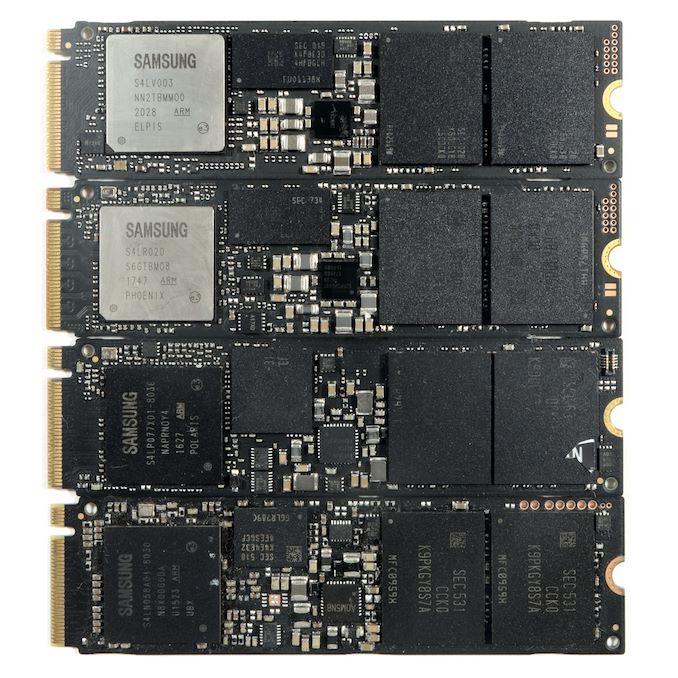
2024最新激活全家桶教程,稳定运行到2099年,请移步至置顶文章:https://sigusoft.com/99576.html
版权声明:本文内容由互联网用户自发贡献,该文观点仅代表作者本人。本站仅提供信息存储空间服务,不拥有所有权,不承担相关法律责任。如发现本站有涉嫌侵权/违法违规的内容, 请联系我们举报,一经查实,本站将立刻删除。 文章由激活谷谷主-小谷整理,转载请注明出处:https://sigusoft.com/23906.html

